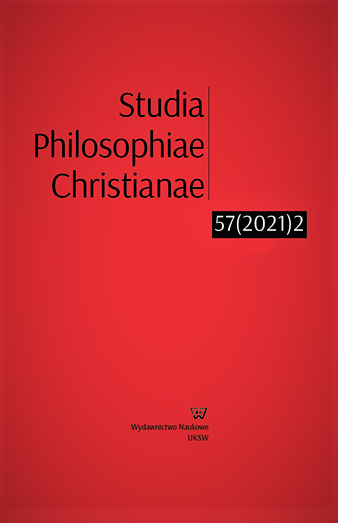Relacje między następu jącymi po sobie teoriami a sposoby odpowiedzi realizmu nauk owego na zarzut pesymistycznej indukcji
The Relationships Between Successive Theories and Ways of Responding to the Pessimistic Induction Argument
Author(s): Janina BuczkowskaSubject(s): Epistemology, Philosophy of Science
Published by: Wydawnictwo Naukowe Uniwersytetu Kardynała Stefana Wyszyńskiego w Warszawie
Keywords: scientific realism; structural realism; theory change in science; approximate truthfulness; theoretical continuity;
Summary/Abstract: This paper considers and aims to advance the discussion on the reconciliation of scientific realism with the pessimistic induction argument. It presents a novel argument in favour of scientific realism based on the correspondence relationship between successive theories, which has been overlooked in the debates on structural realism and semirealism. Firstly, the paper argues that the traditional arguments for scientific realism , based on the divide et impera strategy, correctly refer to cases of theory change similar to the replacement of Fresnel’s optical theory with the electromagnetic theory of light. However, it is argued that such arguments do not apply to cases of theory change in which successive theories remain in a correspondence relation. Worrall’s solution does not take into account the important implications that follow from this relation for an understanding of theoretical continuity despite theory change. Taking into account the different scope of phenomena in successive theories, linked by a correspondence relationship, enables us to indicate a different type of continuity between theories and to formulate additional justification for a realist position concerning this type of theory change. Secondly, it is argued that a correspondence relationship between successive theories admits an understanding of approximate truthfulness and the continuity between theories different from the divide et impera strategy. By appealing to the limited scope of the theory that is replaced and its “local” correctness according to its successor, it is possible to avoid some of the objections raised against the traditional arguments in favour of scientific realism based on the correspondence relationship. In the light of this justification, the thesis that successful mature theories turn out to be false as a result of theory change does not apply to cases of theory change in which successive theories are linked by a correspondence relation. Our argument overrules PI’s objection to this kind of theory change and does not impose limitations on scientific realism resulting from structural realism.
Journal: Studia Philosophiae Christianae
- Issue Year: 57/2021
- Issue No: 2
- Page Range: 5-34
- Page Count: 30
- Language: Polish

